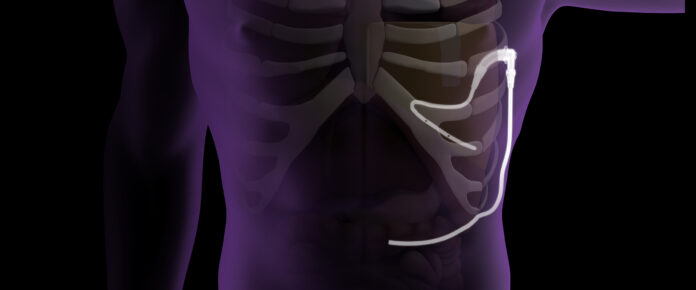MINNEAPOLIS — The Centers for Medicare & Medicaid Services (CMS) has issued a new Healthcare Common Procedure Coding System (HCPCS) code and New Technology Ambulatory Payment Classification (APC) assignment for Pleural Dynamics’ ACES (Automatic Continuous Effusion Shunt) device, a fully implantable system for the treatment of chronic pleural effusions.
The new code, C8006 — “Insertion of pleural-peritoneal shunt with intercostal pump chamber, including imaging, injection(s) of contrast with radiological supervision and interpretation, when performed” — establishes a reimbursement pathway that supports broader hospital adoption of the ACES device.
“We commend CMS for creating an HCPCS code and granting a New Technology APC assignment for the ACES implant, an important step that validates both the clinical and resource needs associated with this novel procedure,” said Martin Mayse, M.D., CEO and Co-Founder of Pleural Dynamics. “With this reimbursement pathway, hospitals will now be better positioned to offer ACES, ensuring that more patients have access to a technology designed to improve outcomes, reduce repeat interventions, and enhance quality of life.”
The ACES Automatic Continuous Effusion Shunt System is the first and only fully implantable automatic effusion shunt that uses the motion of normal breathing to remove fluid from the chest continuously. Unlike traditional treatments, ACES does not require an external catheter, repeated drainage procedures, or prolonged hospitalization. The system is intended to provide ongoing symptom relief for patients suffering from recurrent pleural effusions.
Cleared by the U.S. Food and Drug Administration under 510(k) in August 2023, the ACES System is currently in early market release across the United States.
Existing treatment options for recurrent pleural effusions, such as pleurodesis or indwelling pleural catheters, often involve extended hospital stays, pain, and recurring interventions. The ACES device addresses these limitations with a minimally invasive, one-piece, fully implanted system that uses natural respiratory motion to automatically transfer pleural fluid from the chest to the abdomen, where it is safely reabsorbed by the body. This innovation is designed to reduce fluid buildup, ease breathing difficulties, and improve patient quality of life.


